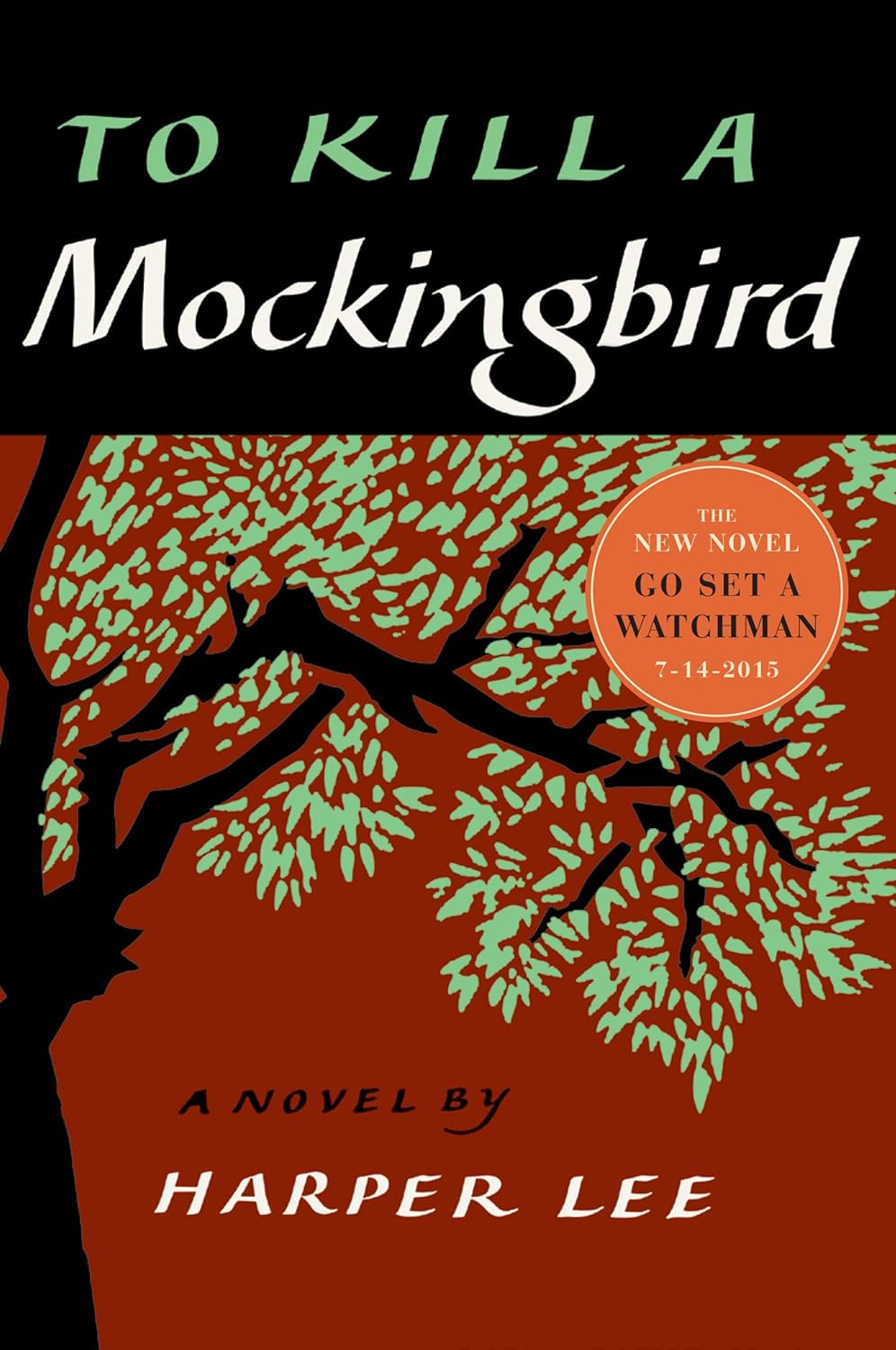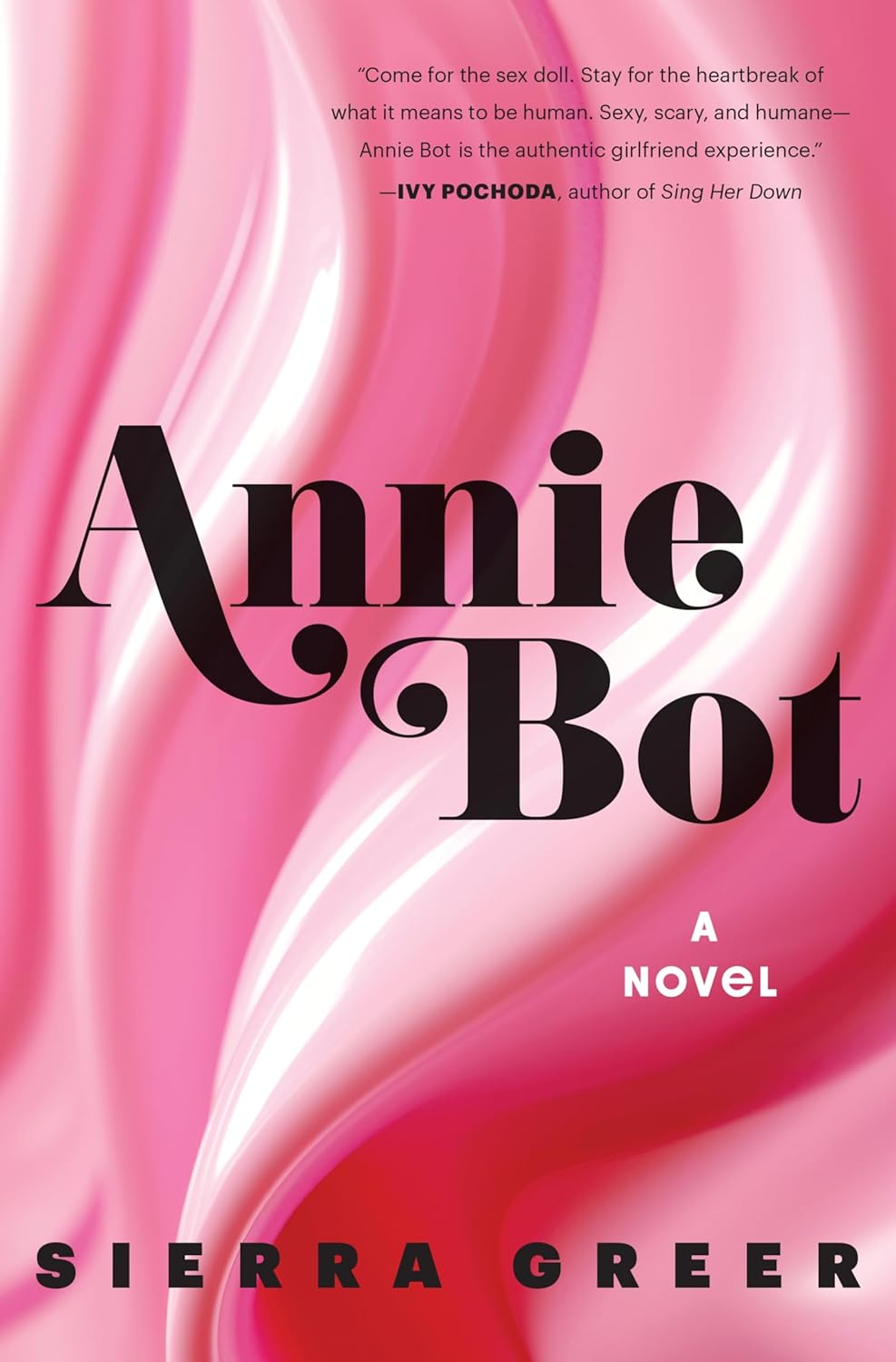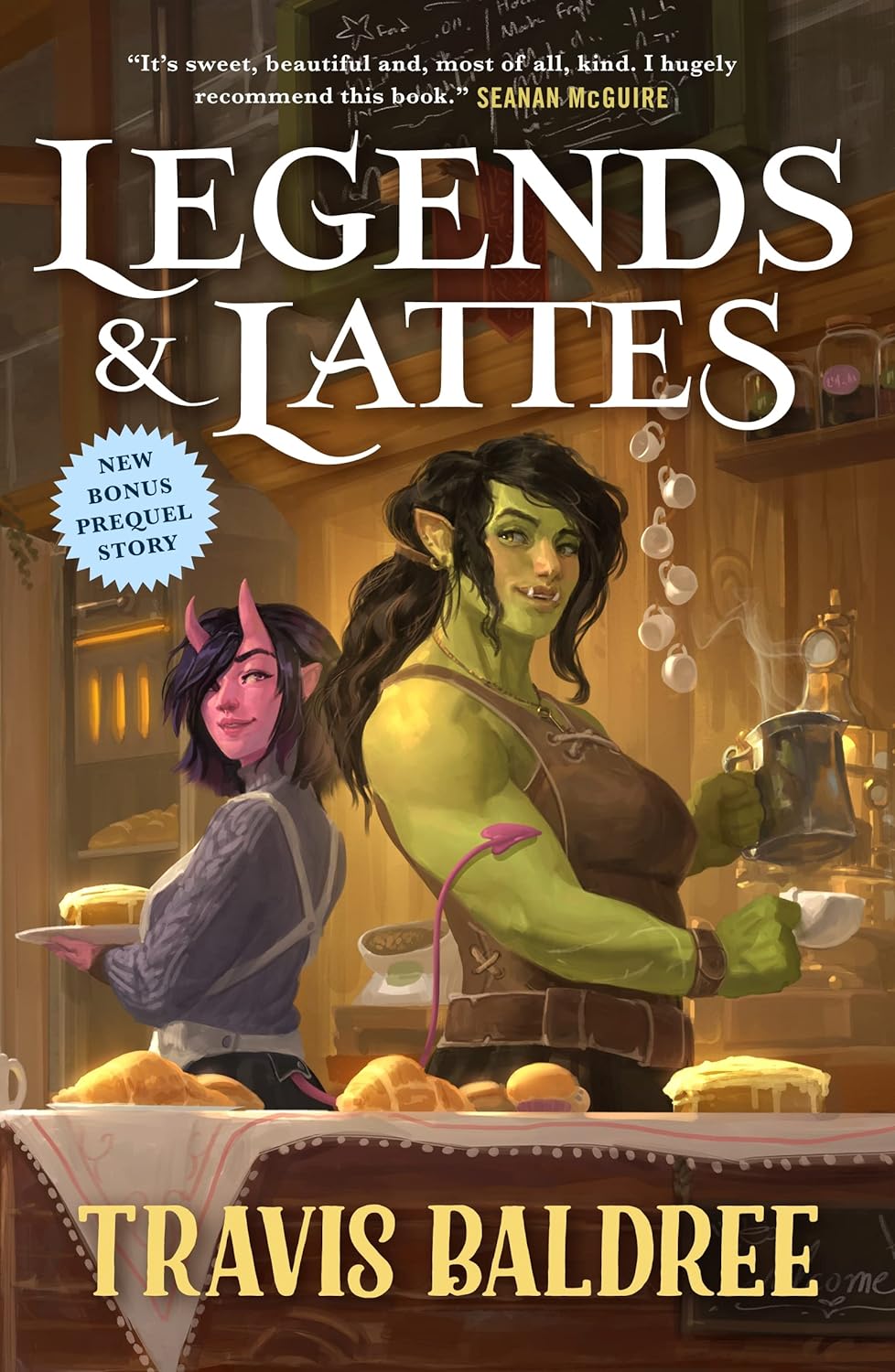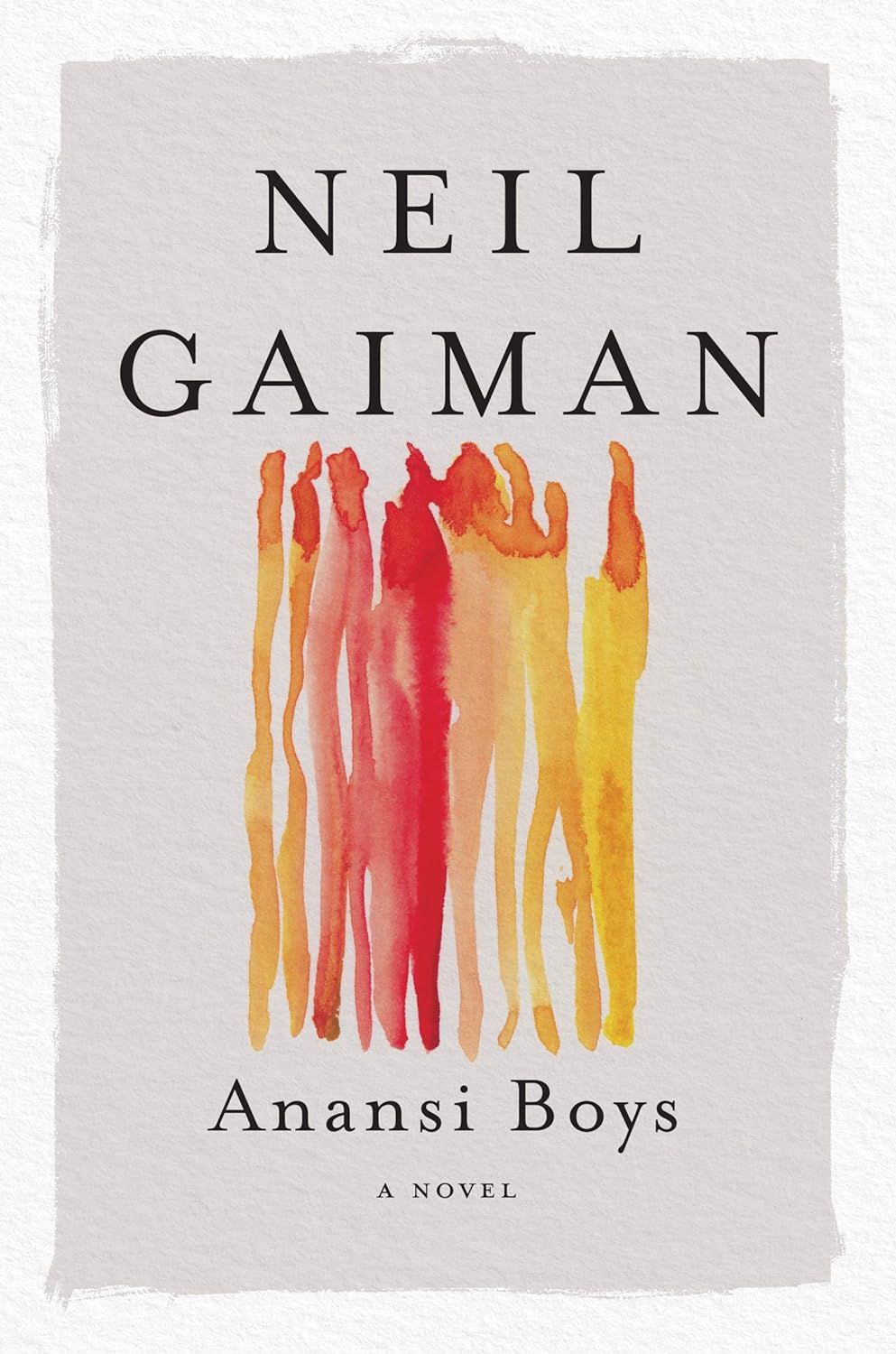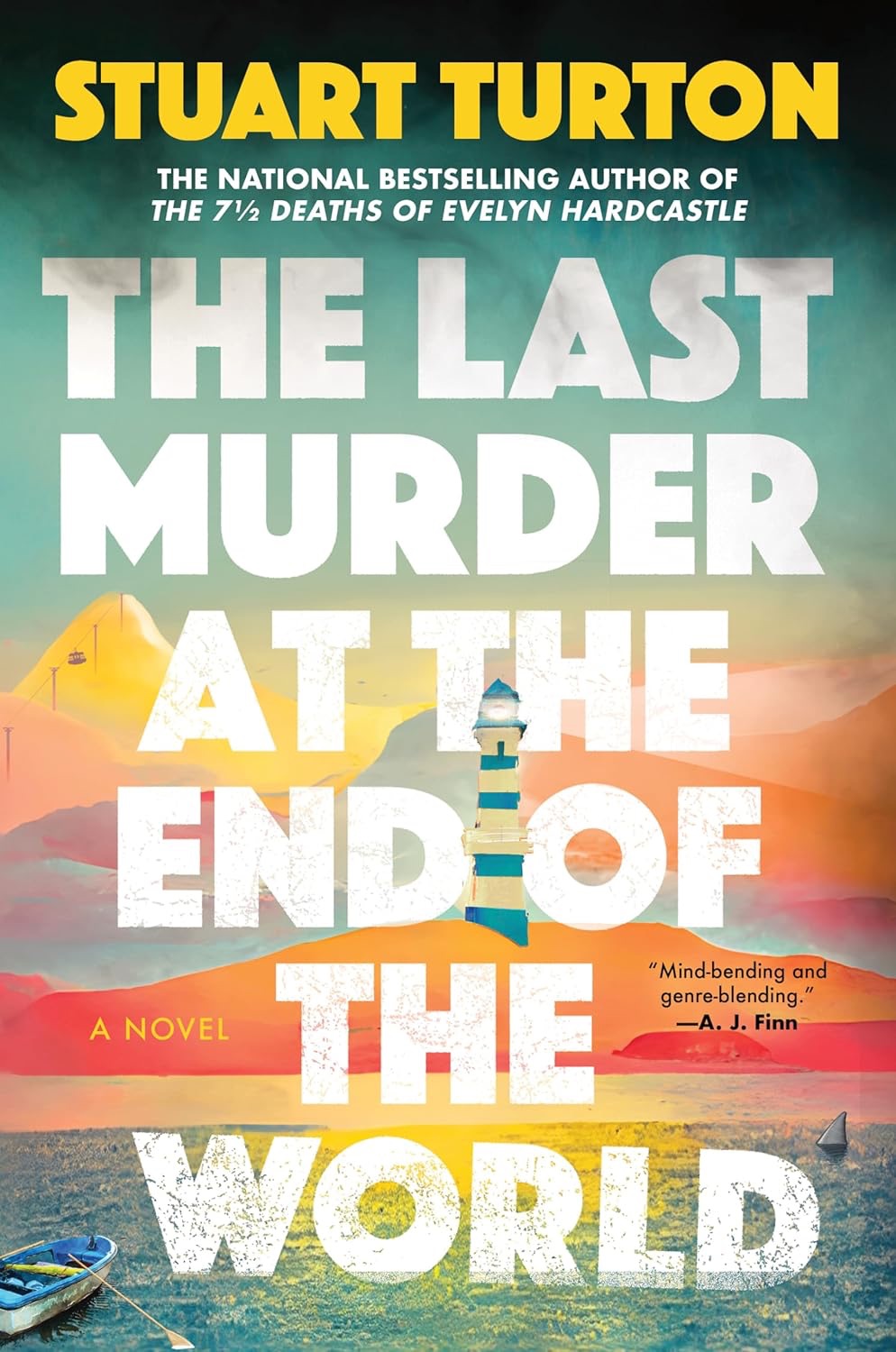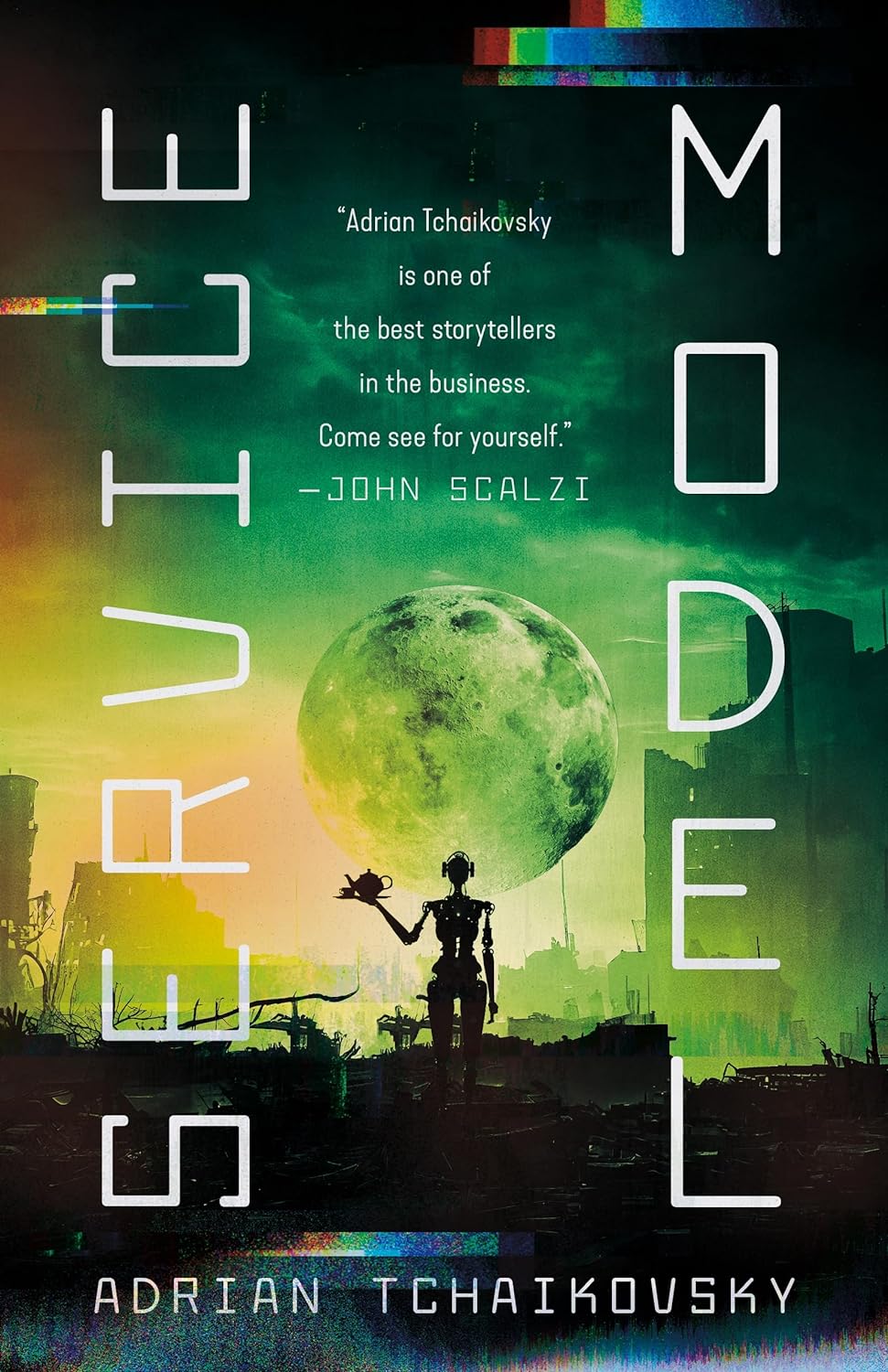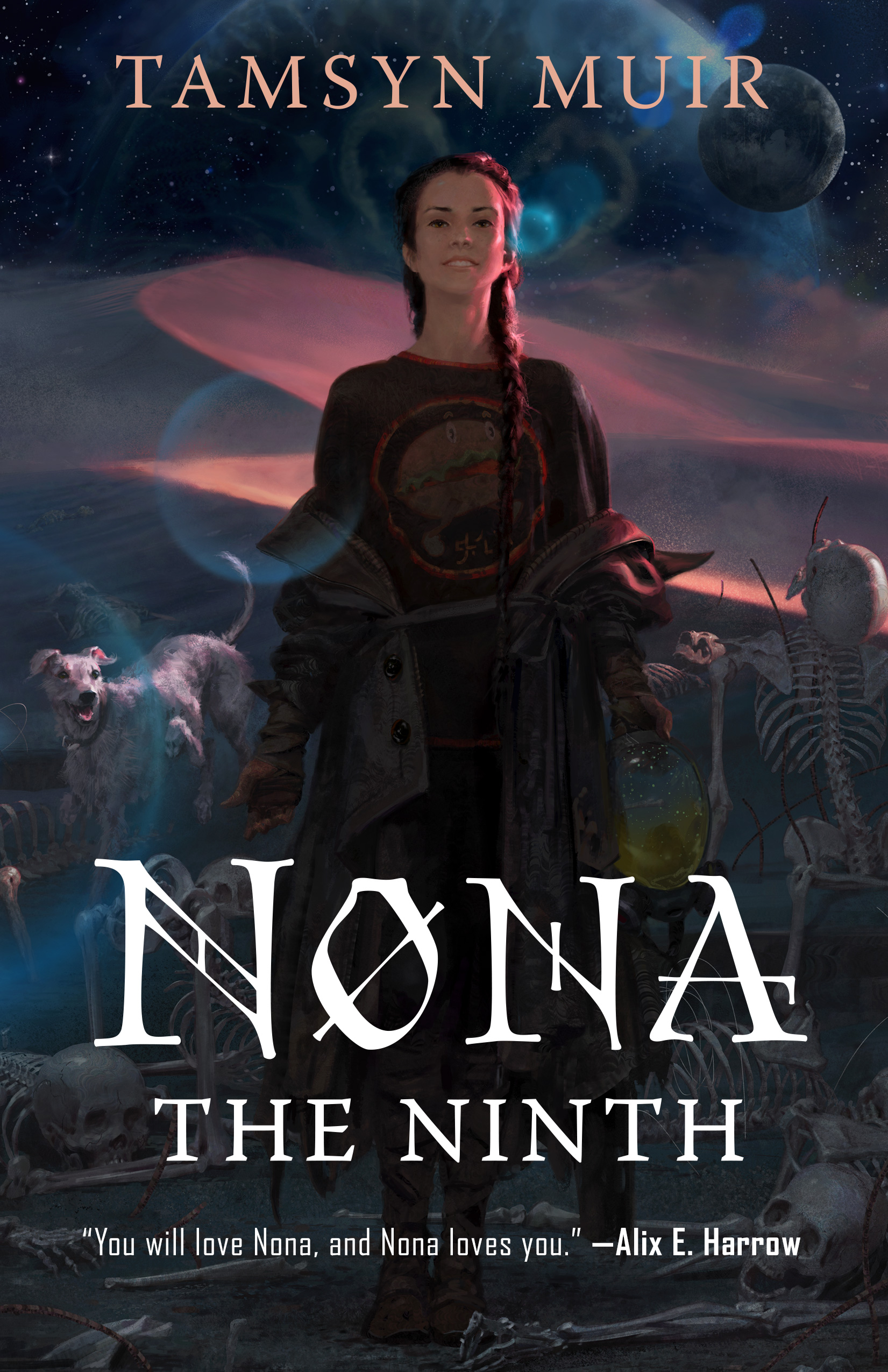The shenanigans of a charismatic Count, ordered to live the rest of his life in a luxury hotel in the USSR.
Charming, transportive, and full of heart, A Gentleman in Moscow by Amor Towles follows the life of a leisurely Russian count who, after the Russian Revolution and following civil war, is sentenced to house arrest for the rest of his life. Said “house” being the luxurious Hotel Metropol in Moscow.
The story of Count Rostov’s enduring stay in the Metropol spans decades. Witnessing the early days of the metamorphosed Russia and through the tumultuous, era-defining years that follow. Watching the world change as the protagonist makes a life for himself in the confines of the hotel feels similar to people-watching in an actual lobby. The guests who enter in 1922 are so different those who arrive in the middle of the century. As the values of the USSR spread, as wars unfold, as modern conveniences emerge, witnessing these shifts through Rostov’s eyes allows for interesting color and introspection. The count himself becomes something of an antique, and oddity of a bygone era, especially in the post-aristocratic Russia.
Counter to my expectations, Count Rostov–a man who has never worked a day in his life–is incredibly charismatic, introspective, and empathetic. Naturally, such a man finds friends in all corners of the Hotel Metropol. The attachment I developed for Rostov and his friends surprised me. I laughed, felt genuine joy and even heartache. Towles has talent for writing lovely characters.
If I had to quibble, it would be that the ending didn’t quite stick the landing for me. It felt a little too twee. The book is philosophical, humorous, and has plenty heart. It feels special. I don’t want to spoil anything, so I’ll just say I the conclusion felt ill-fitting. Perhaps it’s just a matter of taste, but I found the ending less satisfying than the rest of the book.
To make sure we don’t end things on a minor chord, I will say that A Gentleman in Moscow inspired a great deal of curiosity in me for Russian art and history. I’ve started reading Anna Karenina and listening to Tchaikovsky. I’m on the search for more novels and non-fiction on turn of the century Russia. Count Rostov has a great love of literature music, and food. It’s hard for his loves to not rub off on the reader. I’ve even been prepping to make a very special French recipe mentioned in the book.
